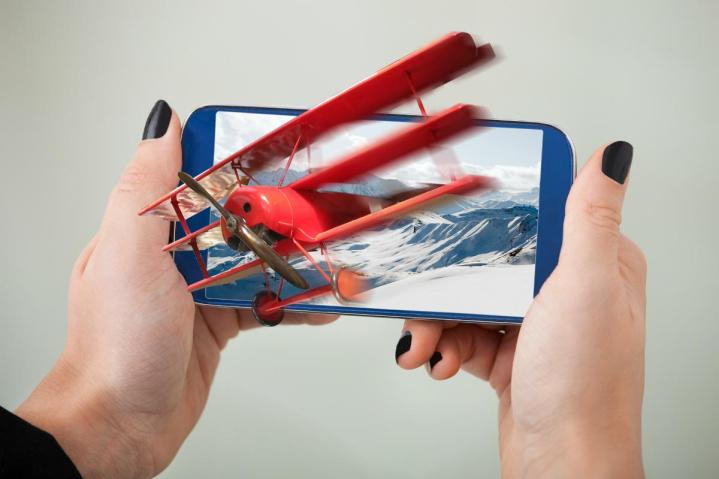
Toshiba’s latest 3D display innovation obviates the need for cumbersome glasses and uses a “low-crosstalk, high-definition LCD GRIN lens with a 15-inch 4K LCD panel.” In other words, the display will have higher-definition 3D images with less of the double-vision issues that plague some 3D displays.
The company adds that this portable display can switch between 4K UHD 2D and high-resolution 3D mode without reducing the image brightness in 3D mode or worsening the image quality in 2D mode.
“The lens system reduces the abnormal alignment of liquid crystal molecules near the boundaries of liquid crystal lens, reducing crosstalk to 2 percent, against 5 percent in conventional 3D displays,” according to Toshiba’s press release. The result is a 3D resolution that’s 3840×2160 pixels, which means high-quality 3D images can be viewed on the same display used for ultra high-definition 2D images.
Toshiba notes that this 3D display will be merged with a partial 2D/3D switching function to be applied to any screen size and position. This is especially important for mobile devices, “where there is a high demand for a product that allows users to easily switch between high-quality 3D and ultrahigh- definition 2D without any need for an additional display,” according to Toshiba.
The company also aims for the display’s commercialization in B2B industrial and medical products.
Toshiba unveiled the 55-inch Toshiba 55LZ2, its first glasses-free 3D TV, in September 2011. The company will unveil its latest 3D display at the 2015 International Consumer Electronics Show, which will take place in Las Vegas from Jan. 6-9.

